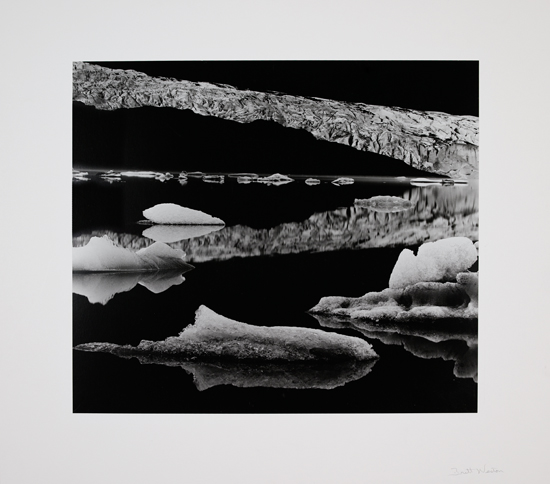Sale 2170 - Lot 101
Unsold
Estimate: $ 12,000 - $ 18,000


Aliquam vulputate ornare congue. Vestibulum maximus, libero in placerat faucibus, risus nisl molestie massa, ut maximus metus lectus vel lorem.